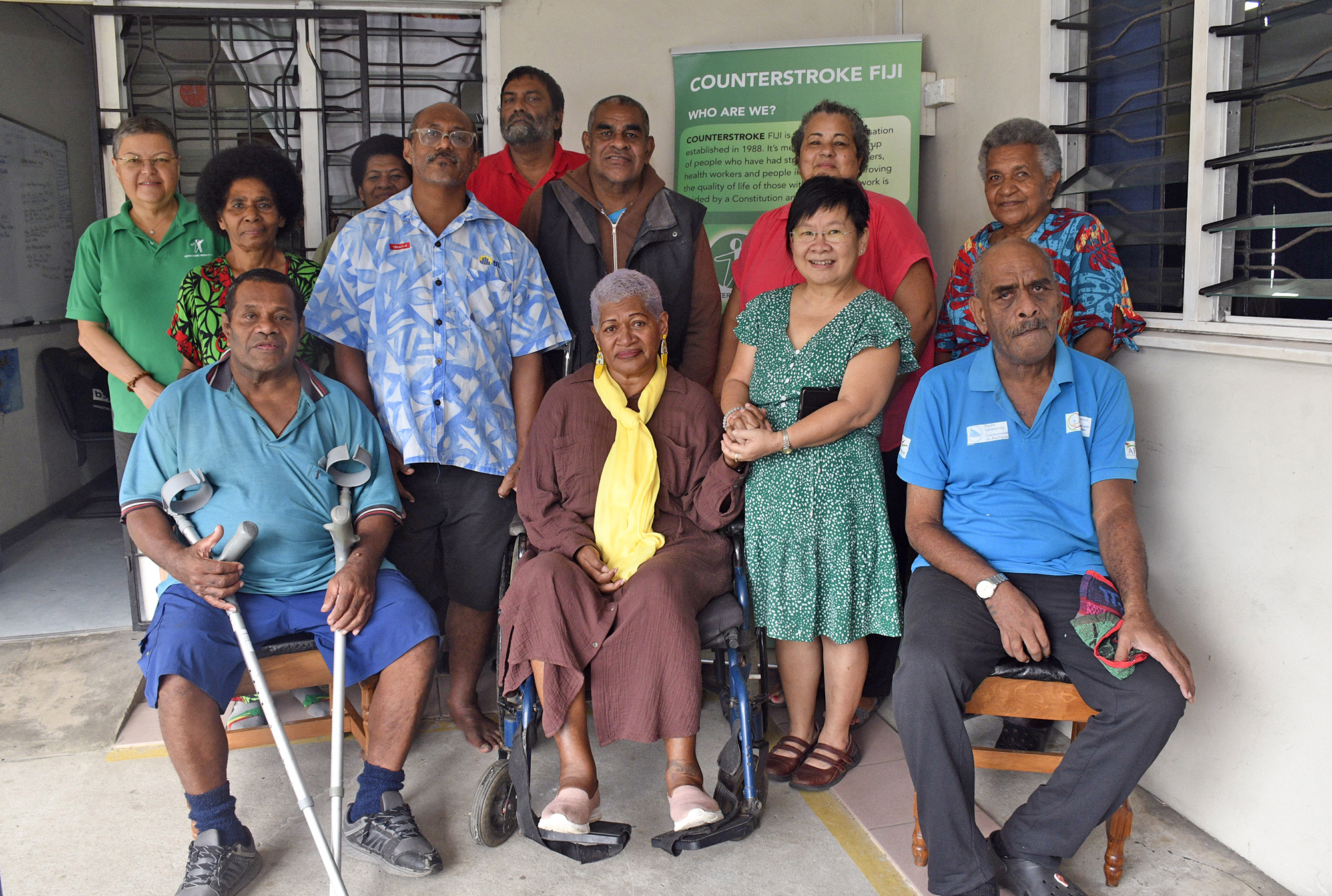The message that everyday, an estimated three Fijians present at the Colonial War Memorial Hospital with signs of stroke is a national concern.
It must get your attention. In fact, this should also be a major part of our health concerns moving forward.
We get it! The revelation by Counterstroke Fiji (CS Fiji) sounds yet another warning of how current lifestyle trends are exacerbating the likelihood of strokes and other life-threatening diseases.
Elizabeth Reade Fong, the president of CS Fiji, said while consolidated and overall data on stroke is difficult to pinpoint, they are aware that more, and younger people, in the prime of their life, are suffering strokes.
What is shocking is the revelation that the youngest stroke survivor was confirmed as a four-year-old, and another was 12 years old. One was 15 years old!
People need to take better care of themselves, starting with their diet or eating habits. That’s the word from Ms Fong.
Globally, she said, one in four people are likely to experience a stroke in their lifetime, from very mild to severe.
Transient Ischaemic Attacks (TIA) can often be overlooked and may, or may not, result in a more severe stroke, she said.
Now the likelihood of stroke, she notes, is exacerbated by lifestyle behaviours, and especially diet.
Fijians, she said, have moved away from eating traditional, whole foods, and have increasingly eaten ultra-processed foods that are considered “convenient” to buy and prepare.
She also touches on another aspect of our lives that could be a major factor as well.
The prevalence of ‘devices’ also meant individuals led sedentary lifestyles, she said. That’s taking a swipe at mobile devices and the amount of time many of us spend on that!
Then there were long hours spent on kava consumption as well that may be considered a contributing factor.
And the lack of physical exercise!
It is now about considering prevention as the only cure.
“Stroke is very real and evidence is clearly seen in the physical impact on individuals.”
To this end, she makes no bones about the need for us to be considering a lifestyle change of eight hours work, eight hours sleep and eight hours of relaxation interspersed with healthy (local foods) eating to prevent stroke.
“Prevention is the only cure, and a holistic approach is the only option.”
Now that’s pretty serious!
We need a change in mindset. We need a national awakening that challenges the normalisation of poor lifestyle choices.
That means thinking differently, questioning our daily habits, and being willing to make changes that may at first feel uncomfortable. It means speaking openly in our homes, schools, and communities about stroke and its preventable causes.
We cannot ignore this message. To dismiss it is to put ourselves and our loved ones at risk. So let’s take this message to the masses and ensure that everyone understands the seriousness of stroke and how it can be prevented.
The challenge before us is huge, but the opportunity is greater. Let’s move towards embracing healthier lifestyles and making informed choices today.
Prevention starts now!



